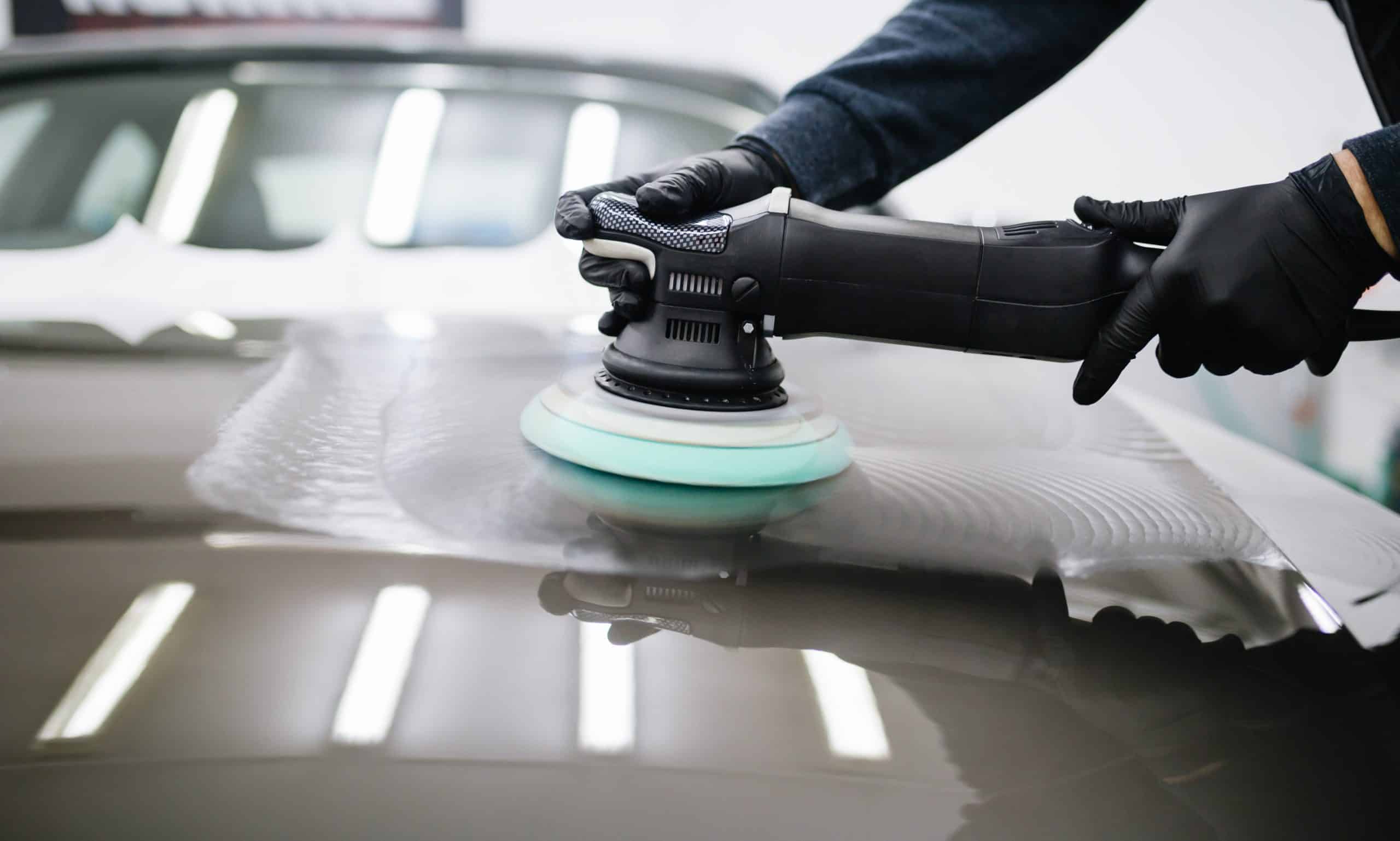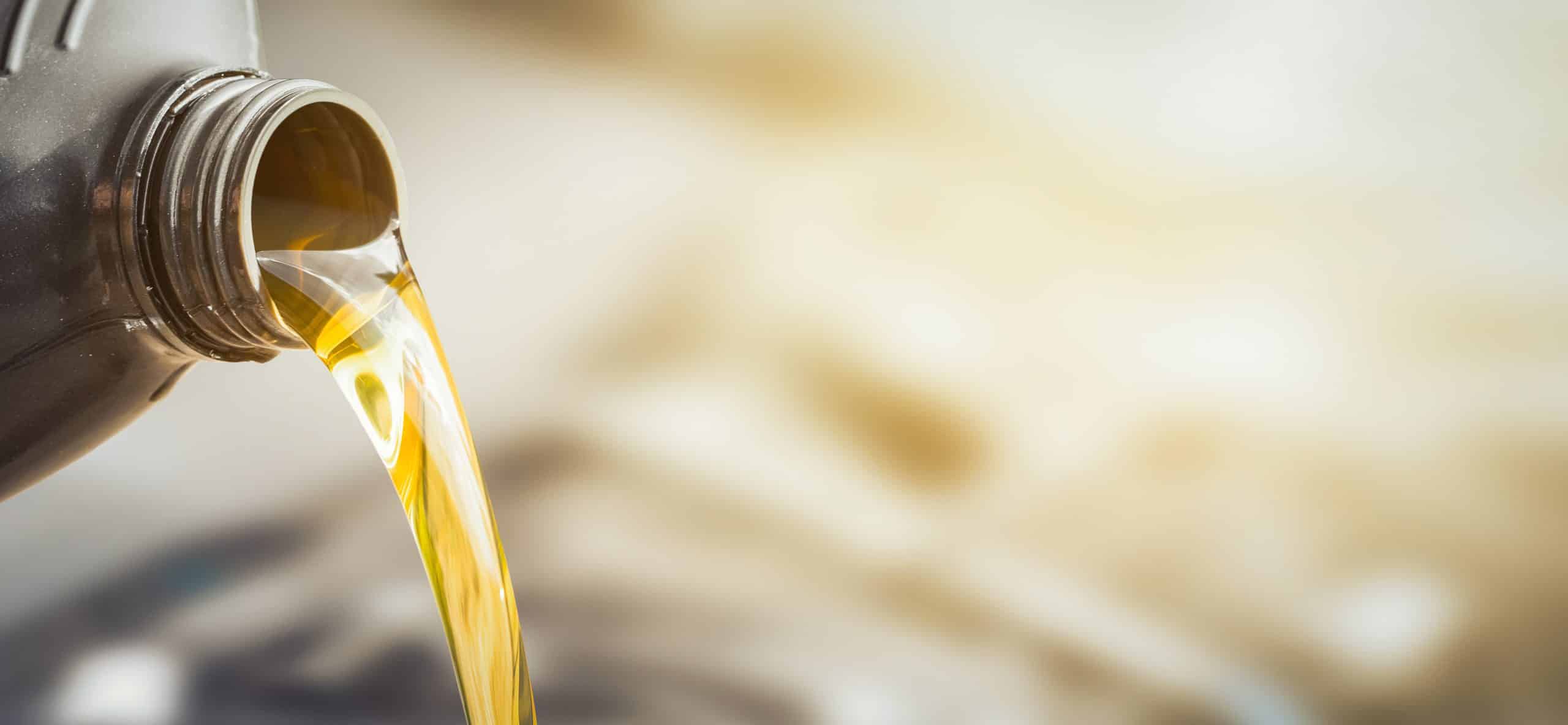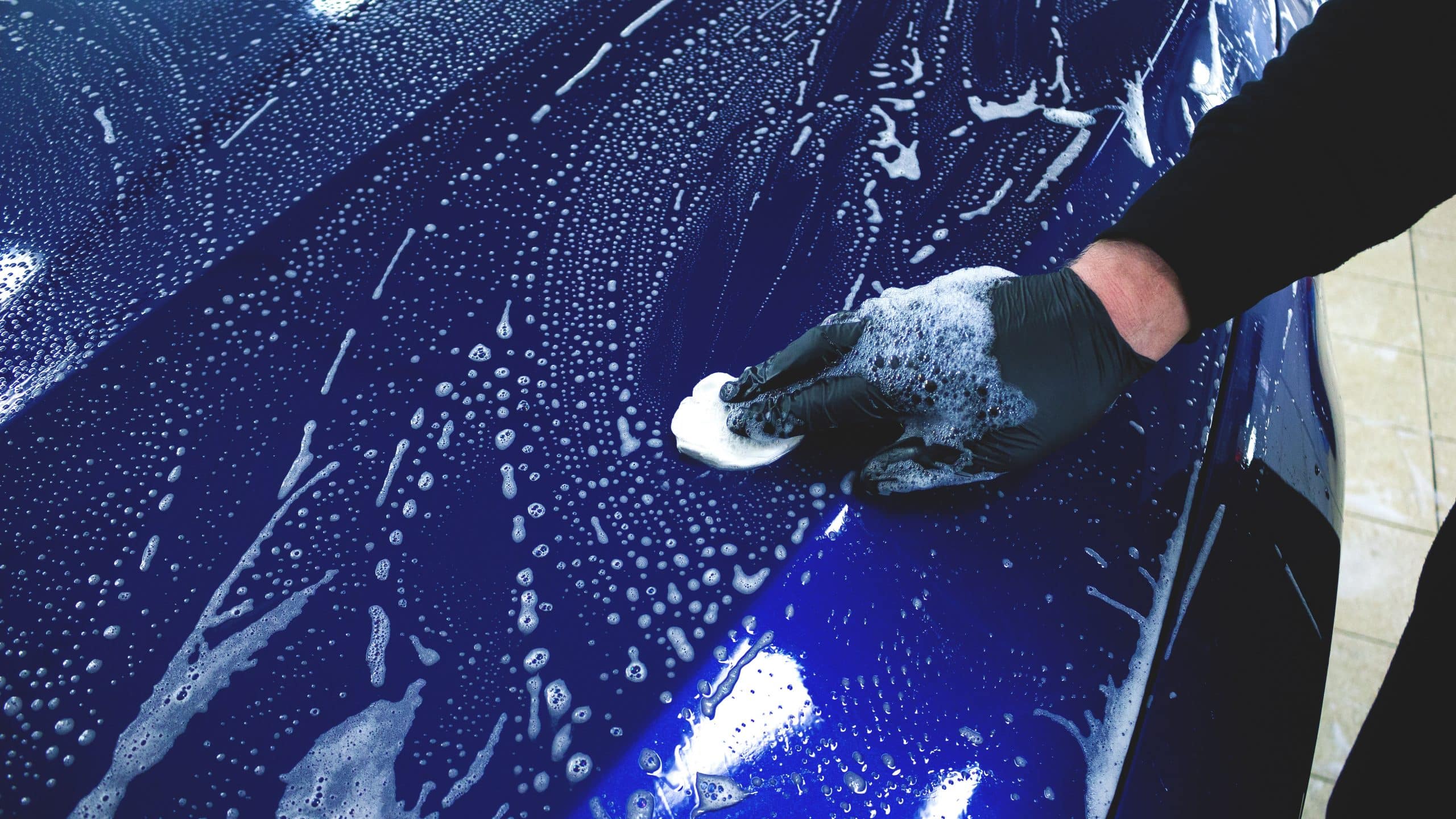
Regardless of some car manufacturer’s claims that their differential fluid lasts the vehicle’s lifetime, it’s good practice to change your car or truck’s differential fluid every 30,000-60,000 miles, or even much sooner if you use your vehicle to tow heavy loads or for racing. You can bet your vehicle manufacturer uses diff fluid that outlives your warranty, that’s for sure. But, after your warranty expires, they don’t really mind if you run into heavy repair costs ;). Any serious mechanic will tell you “lifetime fluids” don’t exist, and periodic fluid changes are the smart thing to do if you want to avoid expensive repair bills.
The reason why is that your differential and its fluid is under extreme loads. The diff fluid has to keep your differential bearing and pinion gear lubricated and cool, and protect the internals against corrosion.
As the fluid gets older and contaminated, its protective properties diminish fast, leaving your differential’s components vulnerable to corrosion and accelerated wear. Over time this wear will result in gear whine and eventually failure, leading to expensive repairs.
Yet, differential fluid isn’t expensive and no special tools or skills are required. You can do a fluid change yourself easily. It only takes up to an hour and you won’t have to pay a mechanic to do it for you.
Check out “Best Differential Fluids” for more information on dedicated differential fluids. We’ve listed the best ones in a comprehensive review.
Here’s how to change your differential fluid:
How To Change Your Differential Fluid
Preparation
Park your vehicle on a level surface
In order to fill your differential fluid to the right level, your vehicle needs to be on a level surface. If it isn’t, you’ll under- or overfill your differential, which can lead to mechanical problems.
Jack your vehicle up and secure it with jack stands
If your vehicle has high ground clearance, like a large SUV or a Heavy-Duty pickup truck, your differential is easily accessible. If it’s not, jack it up so the diff is accessible and put jack stands underneath for safety. Double-check for stability and safety before going underneath.
If you have access to a car lift or inspection pit, it’s even easier to reach your vehicle’s differential, of course.
Put a tarp underneath to catch accidental spills.
Although you don’t plan to make a mess, chances are you will (ask Murphy). Put a tarp or some plastic sheeting underneath your differential just in case things go wrong. Better safe than sorry!
Put an oil pan underneath your differential
Put an oil pan or a wide container that is large enough to catch at least 5 quarts of oil underneath your differential.
Everything you need to change your differential fluid
- nitril gloves
- safety glasses
- a tarp or plastic sheeting
- brake cleaner
- some old rags
- an oil pan or a container with a wide opening that can catch at least 5 quarts of fluid
- a drain plug socket set and/or a metric socket wrench set
- a breaker bar (optional)
- a 3/8″ or a 1/2″ male square socket
- a torque wrench
- differential fluid (check your car manual for type and quantity)
- a car jack
- jack stands
- a fluid pump
- gasket(s) (optional)
- RTV fluid gasket
- a plastic scraper blade
Here’s how to change your differential fluid in 5 easy steps
Step 1: Loosen your differential fill plug
First check if the diff fill plug comes loose before draining your differential. Because if it doesn’t, you won’t be able to refill it. For most US vehicles you’ll need a 3/8″ or a 1/2″ male square socket size or a 8mm and 14mm hex. On foreign cars you’ll often find 22mm and 24mm socket sizes or hex sockets. Drain/fill plug socket sets are available that fit most common sizes. Make sure that your socket fits snugly before applying force and be very careful not to damage the filler plug. If you do, it’ll be very hard to ever get it loose.
If you’re confident that you can get it out, leave the fill plug in place for now to prevent debris falling in the fill hole.
Step 2: Drain your differential fluid
If your car differential has a drain plug, (not all vehicles have one) it should be situated at the lowest end of your differential.
- Loosen it until it’s hand-loose but don’t take it out yet. Again, in most cases you’ll need a 3/8″ or a 1/2″ male square socket size, a 8mm or 14mm hex.
- Before you take out the drain plug the rest of the way by hand, make sure the oil pan or container is positioned right under the drain hole. Once you open it up, fluid will gush out instantly. Although the fluid is not under pressure, it will be a solid, gravity-fed stream.
You can also drain the fluid as if there was no drain plug (see below). Although it’s more work, you’ll be sure that all the contaminants are gone and you’ll be able to visually inspect your differential gears.
If your car differential only has a fill plug but no drain plug, you’ll have to undo the differential cover.
- Take out the bolts (10-14pcs) on the edge of the diff cover, leaving only the top one screwed on half way. This last bolt will hold the cover in place while you pry it open with a large screwdriver. This prevents the cover from falling into your oil pan or container and making a terrible mess.
- Before you pry the cover off the differential, make sure the oil pan or container is positioned right under your diff. Once it opens up, fluid will gush out instantly in a wide sheet of fluid.
Step 3: Close your differential plug or cover
If you’ve only removed your differential’s drain plug to drain the fluid:
- Clean the plug thoroughly with brake cleaner before screwing it back in place.
- Make sure to remove any metal shavings trapped on the drain’s plug magnet.
However, if the magnet is loaded with larger, chunky metal parts, something ain’t right and you need to visually check your differential’s gears by opening the cover to see if any teeth are damaged. Have a professional look at it if they are.
Don’t worry about fine paste-like iron shavings, they come from normal wear. In some cases the whole magnet is coated in a thick paste of grayish metal shavings. Squish the paste between your fingers (wearing nitrile gloves of course). If the paste is very fine, it’s perfectly normal and you need not worry.
- Put some RTV gasket on the clean thread of the drain plug before screwing it back in place. This will prevent leaks from fluid seeping through the plug thread.
If you’ve removed the differential cover, you’ll need to reinstall it:
- First remove the old gasket. This may be a solid gasket or a RTV silicone gasket or the combination of both.
- Remove the old gasket from both the differential and its cover with a plastic scraper blade.
- Spray some brake cleaner on a paper towel or an old rag and wipe the inside of the diff cover clean along with both mating edges. Make sure the mating edges are spotless and free of fluid and grease.
If there’s a drain plug magnet on the inside of the diff cover, clean it thoroughly and make sure all metal shavings have been removed.
- To install an OEM gasket, first check that the cover bolts and holes align perfectly with the gasket holes. Now reinstall the diff cover with the gasket in between the mating edges. Hand-tighten the bolts. If you have a torque wrench, check your owner’s manual for the correct torque specification. Around 22 ft/lbs should be fine. If you don’t have a torque wrench, use common sense and don’t overtighten.
Tighten the cover in two passes: first go ‘round at about half torque and then do a second pass at full torque. That’s it, your diff cover is back in place.
- To make a RTV liquid seal (without OEM gasket), the RTV material needs to be applied one-sided on the differential cover mating surface only. Squirt a 3 mm thick (approx.) uninterrupted line of RTV liquid around each bolt hole, then connect the bolt hole circles with a similar-size line of RTV fluid. Make sure the lines are uninterrupted and without gaps all around the diff cover mating surface. Gently put the cover exactly where it should be without sliding it around the differential and hand-tighten the top and bottom bolts. Now put the other bolts back in place and also lightly hand-tighten them. Leave the RTV gasket to cure for an hour or so (check product instructions) until it’s partly solidified. Check your vehicle’s manual for correct torque specs and first torque the bolts to half torque, then do a second pass at full torque. If you can’t find torque specs, about 22 ft/lbs should be fine. If you don’t have a torque wrench, you’ll have to wing it, but don’t overtighten.
That’s all there’s to it. Wait for the RTV to cure for 24 hours before adding differential fluid (check product instructions).
Step 4: Fill the differential
Now that everything is clean, sealed and back in place, it’s time to fill the differential with clean, fresh fluid. The easiest way to do this is to use a simple manual fluid pump.
- Remove the diff fill plug.
- Screw the fluid pump on the fluid bottle.
- Put the pump’s clear tube in the fill hole
- Start pumping. You’ll know when you’ve filled it to the right level when the fluid starts dripping out of the fill hole. When it does, stop pumping.
Step 5: Screw the fill plug back in place
You could put some RTV on its thread but for the filler plug, that’s not strictly necessary. Be careful not to over-tighten it.
You’re done! Great job!
Your differential is well-lubricated and safe from corrosion for years to come!







